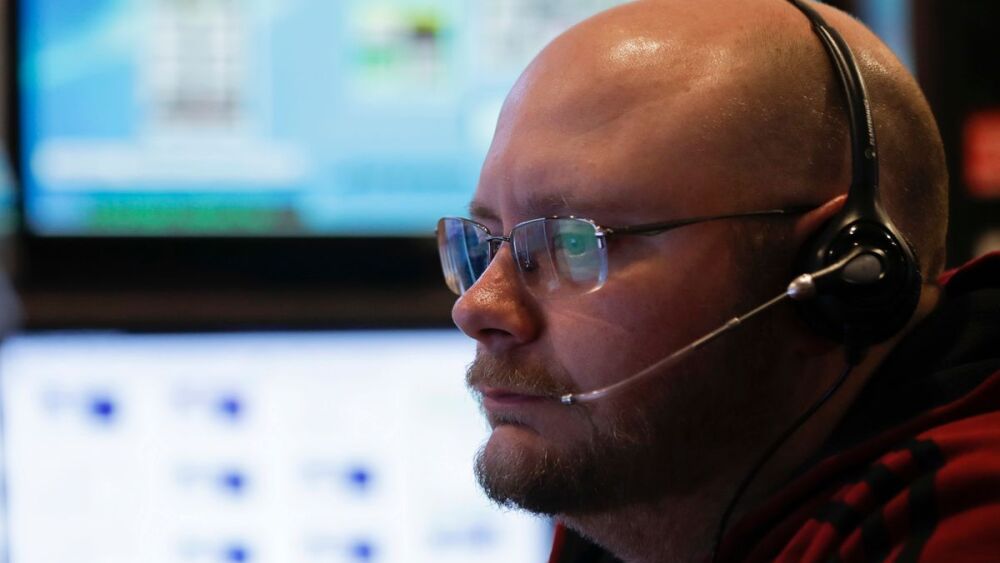By Danny Hobbs
When public health emergencies threaten our communities and pose special challenges, like the current COVID-19 pandemic, the first responder family, including law enforcement, fire, EMS and 9-1-1 telecommunicators, must prepare their response.
In addition to their normal daily duties, agencies must prepare, educate and train their first responders on evaluating medically related signs and symptoms of COVID-19, how to protect themselves and others from catching or spreading the coronavirus, and what to do if someone is sick with COVID-19.
But who is the first person on the front line coordinating the emergency responses? The public initiates most calls for assistance through 9-1-1 Public Safety Answering Points (PSAPs), whether the service request is based on a potential COVID-19 response or an everyday service need. The public safety telecommunicator (dispatcher) is the one answering those calls.
Involve PSAP personnel when preparing your response to a public health emergency
Dispatchers are trained and certified in multiple baseline core competencies to ensure that the public receives expertise and professionalism when communicating with the 9-1-1 PSAP center. Dispatchers are the starting point to the important work of obtaining essential information, remaining calm and calming others while sending the appropriate responders. They may also provide instructions to the caller, that in many instances, are essential to stabilizing or saving a life.
Involving 9-1-1 PSAP personnel in the agency’s initial preparation for responding to public health emergencies is essential in protecting the health and safety of the first responders and the citizens. Regardless of the type of emergency or perceived emergency, citizens call the 9-1-1 PSAP center to speak with a dispatcher for comfort, trusting they will have answers or provide the help that the caller needs. It is reassuring to the caller to hear a calm, professional and confident voice on the other end of the telephone.
Ideally, 9-1-1 PSAP centers should implement enhanced screening of emergency medical callers for signs, symptoms and risk factors of COVID-19. Dispatchers should report potential COVID-19 information to responders so they can take proper precautions upon the responder’s arrival to an event.
Remain current on COVID-19 guidance
Relaying information concerning a potential COVID-19 patient should be in accordance with established regulations on how to share patient-related information. All 9-1-1 PSAP centers must remain up to date on how to share information and instructions communicated from the Centers for Disease Control (CDC) and International Academies of Emergency Dispatch (IAED) about COVID-19.
The public safety dispatcher plays a major continuous role in the communication process since dispatchers are a key information link between citizens and first responders. All first responders rely on their communication with the public safety dispatcher during multiple points of a call. One primary responsibility of the dispatcher is to relay coordinated communication between field personnel, medical and healthcare facilities, media, or other local and state resources. Effective communication is a vital component of event operations. Dispatchers must provide the first responders with concise, accurate information.
Protect dispatchers physically and emotionally
Keeping the public safety dispatcher healthy and free from COVID-19 is extremely important. Since 9-1-1 PSAP centers are normally located in a confined space and dispatchers work close to each other, it becomes particularly important to follow the CDC guidelines:
- Train staff on infection control.
- Cover coughs. Consider wearing a medical face mask during shifts.
- Frequently wash hands and/or use hand sanitizer.
- Disinfect console and related surfaces before and after each shift.
- Disinfect headsets.
Agency leaders must keep the public safety dispatcher aware of any changes to call type priorities or calls requiring dispatching an officer due to the rapidly changing face of public safety because of the COVID-19 threat. This will help in providing the most professional and efficient service to the citizens while increasing the safety of first responders.
A dispatcher’s job is very stressful, demanding and can be physically and emotionally draining. Take time to recognize their hard work. Include the public safety dispatcher who participated in a critical event in the after-action debriefing to gain their perspective and pertinent information about how the event began.
Public safety dispatchers are an invaluable part of the first responder family. Dispatcher workloads will increase during this COVID-19 pandemic, and staff sizes will most likely diminish as employees and/or their families become ill. A health threat for one is a health threat for all.
References
Centers for Disease Control and Prevention. What Law Enforcement Personnel Need to Know about Coronavirus Disease 2019 (COVID-19), March 14, 2020.
Centers for Disease Control and Prevention. Interim Guidance for Emergency Medical Services (EMS) Systems and 911 Public Safety Answering Points (PSAPs) for COVID-19 in the United States, March 10, 2020.
ASPR Technical Resources, Assistance Center, and Information Exchange (TRACIE). EMS Infectious Disease Playbook.
About the author
Danny Hobbs is a content developer for Lexipol. He served 22 years with the Montgomery County Sheriff’s Office in Dayton, Ohio, holding the rank of captain. Danny is a retired chief of police for the Butler Township Police Department and the Kettering Health Network Police and Security Department in Dayton, Ohio. Danny has 40 years of law enforcement experience. He is a graduate of the FBINA #237.



